Bread Making at Home: 12 Quick Answers You Should Know
Over the years we have lost our connection with the food we eat. People have stopped making bread at home, and children don’t know how bread is made, or what is it made from. I witness it often enough when holding incursions at schools and kindergartens. We are losing the knowledge of previous generations. We shy away from taking time out to make something of our own in favour of the convenience and mediocracy that supermarkets provide us with.
The norm became soft and pre-sliced with a lifeless crust, packaged in plastic bags, full of chemicals. But we shouldn’t settle for that.
One of MakeBread’s missions is to prove that making bread is a simple, satisfying, and enjoyable affair.
Is making bread at home difficult and time consuming?
Bread making at home shouldn’t be difficult or time-consuming. Nothing could be simpler than mixing three or four inexpensive ingredients and producing such a variety of different shapes and textures. MakeBread classes have this exact goal: to prove that bread making is a simple process that doesn’t take up lots of your time.
There are a handful of tips, tricks and time-saving techniques to know. Add a few simple ingredients, a bit of enthusiasm, and get an enormous amount of satisfaction. Nothing compares to a freshly baked homemade loaf.
After all, bread making isn’t rocket science. People have made bread all over the world for thousands of years. Although you can dive deeper into the science end of baking, I like to keep things simple and demystify the bread-making process for all.
Is it cheaper to make or buy bread?
One kilogram of flour will yield two large or three small loaves. When adding the energy cost of baking and your time, which is minimal, it’s still cheaper to make bread at home.
You can buy cheap bread, however, you will receive a low quality product. High quality organic sourdough bread costs much more for a good reason.
For a family or a couple, homemade bread is significantly more economical. You don’t have to bake bread every day. I personally bake once or twice a week, two or three loaves at a time, plus some other baked products.
Is sourdough bread making even more complicated?
Contrary to popular belief, sourdough can be easier for this reason: Dough made with sourdough starter needs less watching over.
Believing that sourdough bread making is more complicated than yeasted bread has more to do with the sourdough starter itself. Making, maintaining, and succeeding in not killing the starter is thought to be unachievable by many. I too had the same belief in the past, possibly due to information overload and overcomplicated explanations in books and classes. Then I went back to square one and started anew.
To make a sourdough starter you need water and flour. That’s all. If you acquire a bit of sourdough starter, things get even simpler. Many are surprised to learn how simple and easy a sourdough starter is to maintain. Five minutes once or twice a week is all that’s required.
With that experience, I now teach sourdough bread making in a simplified, easy to understand way.
Does sourdough bread taste sour?
Sourdough doesn’t need to taste sour. The word sour relates more to the sourdough starter, rather than the taste of the bread itself. Some breads can taste tangier than yeasted bread, though flavour varies from loaf to loaf.
It’s a matter of personal taste. Some love their sourdough extra tangy, others quite mild. You can control the end result. I often bake sweet breads using sourdough starter rather than yeast for leavening and no one would guess it’s sourdough bread.
Often I hear people say they don’t like the taste of the sourdough bread, possibly because they have come across a very tangy one. Don’t be put off. Try another bakery, or even better, make it yourself. Before buying, check the ingredients. Big chain shops often put sourdough flavour, extra gluten, or even yeast and call it authentic sourdough bread.
Real sourdough should contain only four ingredients: flour, water, salt, and sourdough starter.
Should bread dough be kneaded for 20 minutes?
No. Even no kneading will produce decent homemade bread. The no-knead method works better with higher hydration bread dough and longer rising time.
Try 3 + 5 + 3 method. Three minutes of kneading, five minutes resting, three more minutes of kneading either by hand or using a benchtop mixer with a dough hook is enough for most bread doughs to develop gluten.
For sourdough, kneading is typically not required. A technique called stretch & fold is used instead.
Does yeast need warm water and surroundings to rise?
Although yeast will activate faster if mixed with warm water, you can make a perfectly good dough with cold water. Even if the dough is stored in the fridge it will rise, however, it will take longer. But slow is good when talking about bread making.
The process of rising the dough in the fridge is called retarding. Not only does retarding help us fit bread making around our busy schedules, but it also produces a loaf with deeper flavour and character.
Does yeast need sugar to activate and rise?
Yeast does not need sugar to activate. There’s enough food in flour for the yeast to feed on.
Next time you make bread, that teaspoon of sugar in the recipe can be skipped without any difference to the result.
Sugar is added primarily for taste when making sweet breads like hot cross buns, croissants or similar. Honey or other types of sweeteners can be used instead. Fruit loaves don’t even need sweetened dough, simply lots of dried fruit.
Why do you need to add salt to your bread dough?
Salt is essential in bread making. We add salt to the bread dough for two main reasons: for the taste and to control the yeast.
Bread without salt is tasteless. It rises quicker, but the structure of the loaf is worse. The bread is usually over-risen and has a bland taste.
How much salt is considered normal in bread baking?
1.8 – 2% of the weight of flour. For example, if using 500 g of flour, 9 to 10 grams would be the amount of salt needed. For more details, please check our handy baker’s percentages calculator.
Can salt and yeast come in contact and be mixed?
The practice of putting yeast on one side of the flour and salt on the other doesn’t make sense as they will be mixed together anyway. This is true especially if using dry yeast which is not active without the addition of liquids.
The only time when you might be concerned about adding yeast and salt together is when using a bread making machine on a delayed setting. Salt could draw the moisture out of yeast if they are sitting together for a prolonged time.
Can you use a mixer to make dough?
Yes. Most bread recipes can be made in a stand mixer with the dough hook attachment. Make sure you don’t exceed the recommended maximum of flour.
When using a benchtop mixer, add liquids first, then flour, salt and other dry ingredients. Mix on low speed for a few minutes, rest the dough, then knead the dough for a few more minutes until it’s smooth and elastic.
How do you store homemade bread?
Put completely cooled down bread in a cotton or paper bag, or wrap it in a tea towel, then store in a bread tin. Alternatively, place the wrapped homemade loaf in a container with a lid.
I would not recommend storing your homemade bread in a plastic bag, as it will capture moisture and provide the ideal environment for mould. While dried out bread can be used up in many ways, the only option for mouldy bread is to throw it out into the bin.
Conclusion
While there is always more to know about bread making, these answers provide a base of knowledge to build upon as you learn, and will hopefully encourage you to take the first step in making your own bread. I’ve selected questions that I’m most often asked about at MakeBread classes and incursions. The answers are based on my experience and common sense, not going too deeply into the background of science
I hope I’ve answered some of the bread making questions that might inspire you to start your own bread making journey.

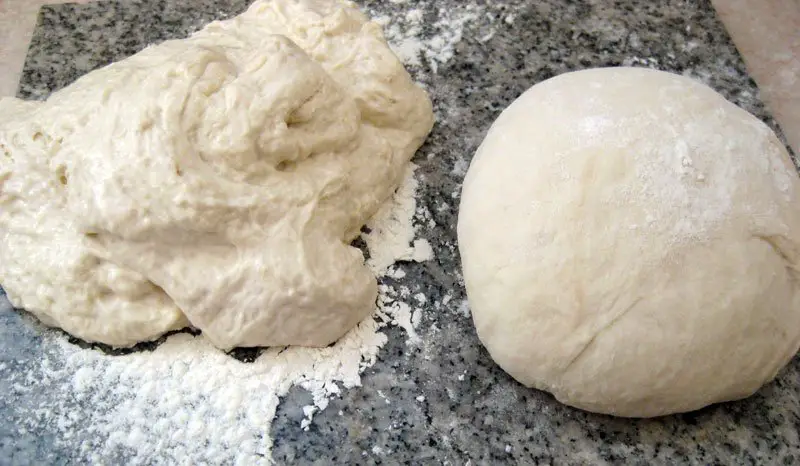
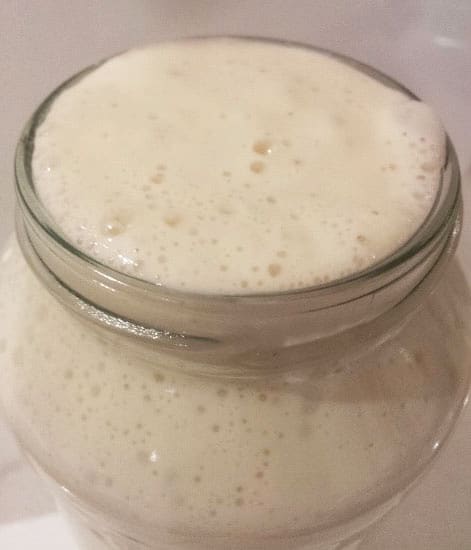
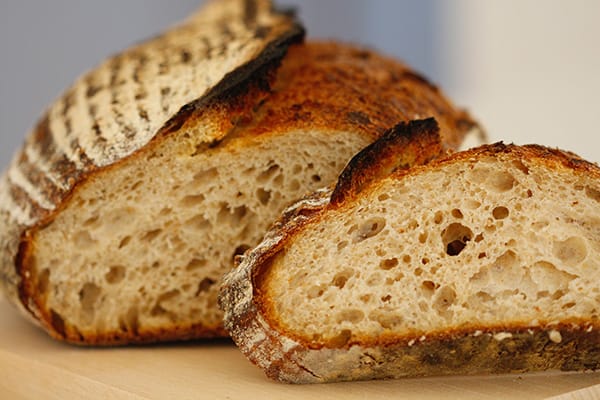
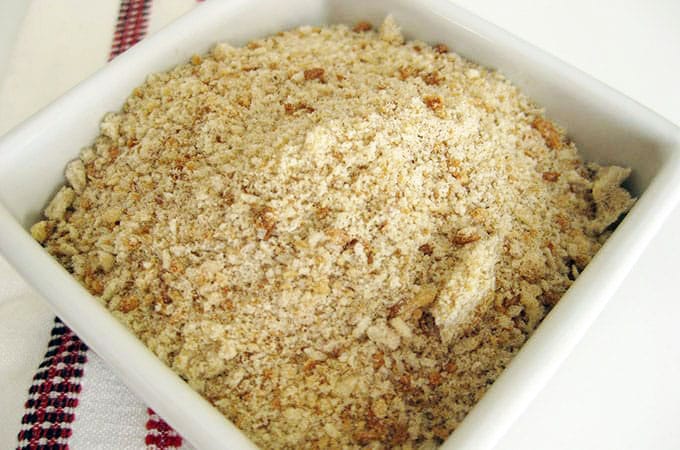
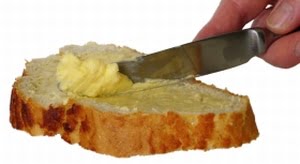
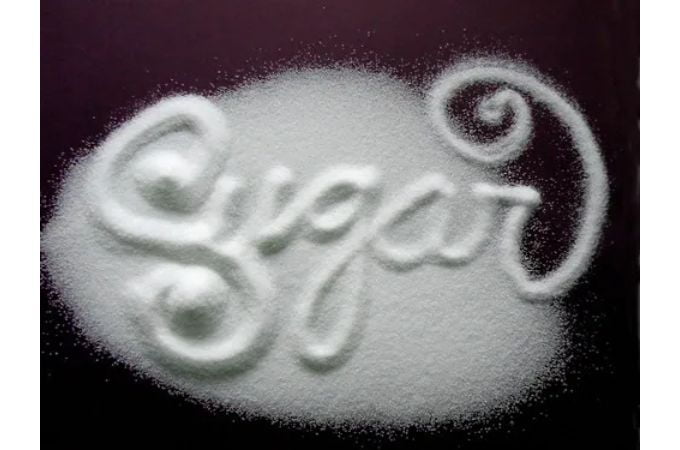
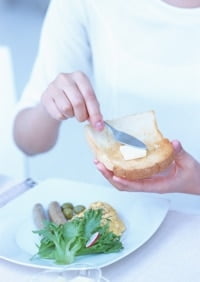
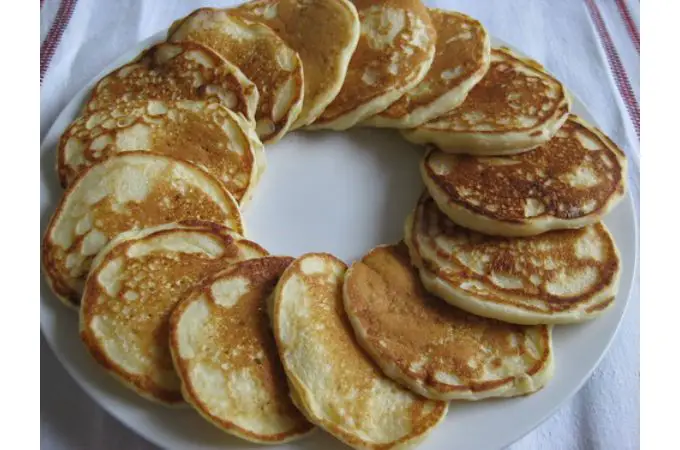
A great site. Thank you!.
However, your point about kneading for ‘only’ 10 mins is mistaken. I have been making bread weekly for 40 years, with great results (half wholemeal half white breadflour). I never spend more than five minutes per 4-loaf batch – if that. 100 kneads is what it takes.
In other words, the idea that time is what matters is plain wrong. People knead at different rates. (And my 100 kneads are by no means a ‘workout’.
Best wishes
Tim Burton
Mimi Cottage, Whissonsett, Norfolk, UK
Hi Tim,
Thank you for your comment. As I pointed out in the post, anything from no kneading to 30 minutes works fine. Workout is meant more as a joke ?.
Happy Baking!
Thank you for your website, just discovered it today when I was looking for Fresh Yeast conversion and decided to explore. Your statement about the sourdough myth is so true. I had sourdough starter in the refrigerator for over a year. Just sitting there, finally fed it a couple weeks ago and it is doing just fine have made several batches of sourdough since then. And no sourdough bread is not sour, it has flavor that is natural and not brought about by sugar!
Hi Barbara,
Thank you for stopping by and for your contribution to the topic. Great to hear your starer is alive after one year – happy baking!